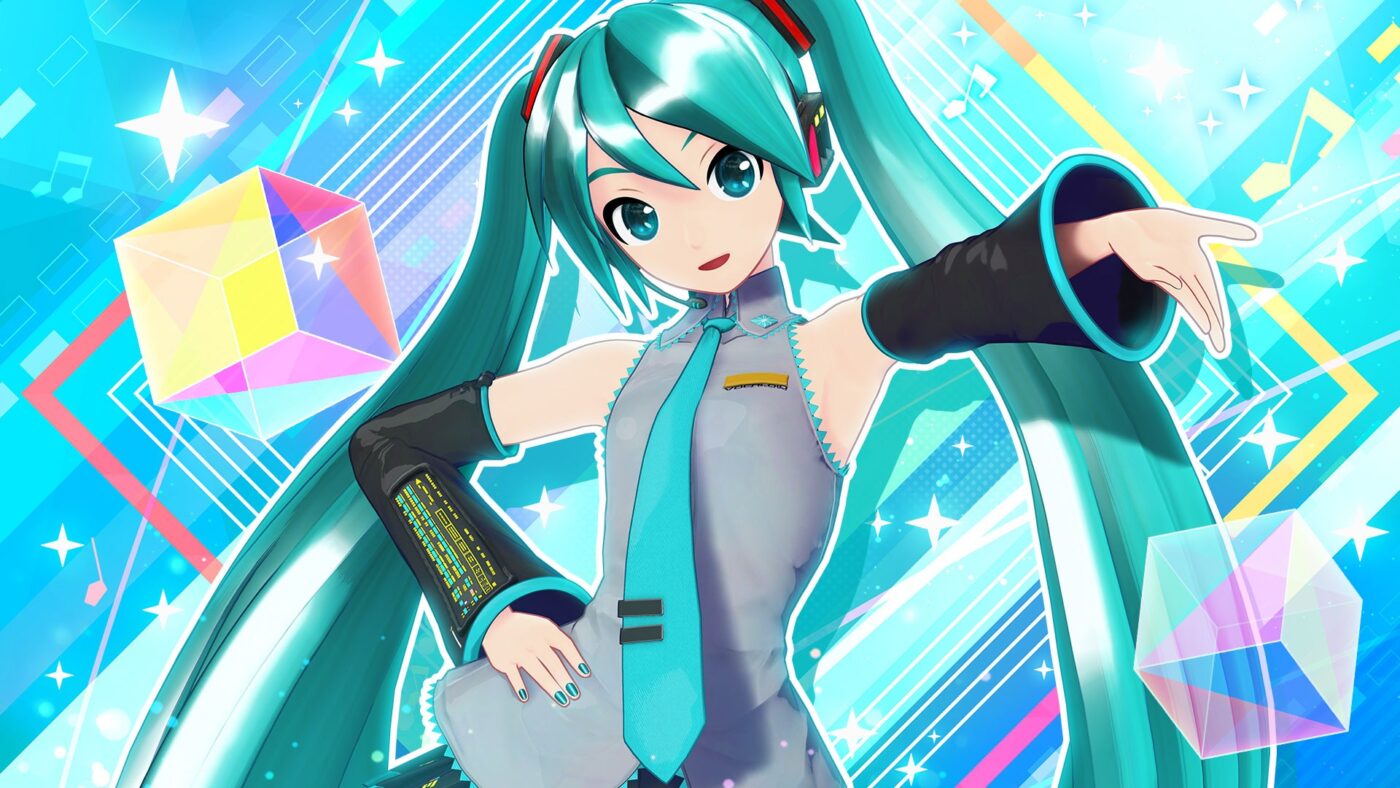No products in the cart.
Blog
How Hatsune Miku Now Popular?
Hatsune Miku’s ongoing popularity can be attributed to several key factors, blending technology, music, and internet culture. Here’s how she has maintained her fame and relevance over the years:

1. Virtual Persona and Music Innovation
- Hatsune Miku is a “Vocaloid” software voicebank developed by Crypton Future Media, which allows users to create songs by synthesizing her voice. Released in 2007, she became an early icon of the Vocaloid phenomenon.
- As a virtual singer, Miku is not confined to physical limitations, enabling her to perform in live concerts as a 3D hologram. These concerts, featuring cutting-edge technology and interactive performances, are a major attraction globally.
2. User-Generated Content and Fan Involvement
- One of the most unique aspects of Miku’s success is her reliance on user-generated content. Fans compose songs, create artwork, videos, and even games featuring Hatsune Miku. Platforms like Niconico and YouTube are filled with fan-made Miku content.
- This high level of fan participation creates a sense of community and keeps the character relevant by constantly refreshing her persona with new creative material.
3. Global Reach and Cross-Cultural Appeal
- Hatsune Miku transcends cultural barriers, appealing to both Japanese and international audiences. She’s performed live concerts in the US, Europe, and Asia, building a global fan base.
- The character’s design—futuristic with an anime aesthetic—appeals to fans of J-pop, electronic music, and otaku culture worldwide.
4. Collaborations and Brand Endorsements
- Miku’s brand extends beyond music. She has been featured in numerous collaborations with popular brands, such as Toyota, Domino’s Pizza, and even Louis Vuitton, as well as partnerships with video games like Project DIVA and Minecraft.
- Collaborations with various musicians, including Pharrell Williams and Lady Gaga, have further enhanced her mainstream exposure.
5. Internet Meme Culture and Viral Content
- Hatsune Miku has become a meme icon, spreading across social media platforms like Twitter, TikTok, and Instagram. This meme culture keeps her image vibrant and widely recognized even among newer generations of internet users.
6. Technological Evolution
- Crypton Future Media continues to innovate and improve Hatsune Miku’s Vocaloid software, with each update making her voice sound more natural. The latest versions of Vocaloid have enabled new genres of music to be produced using her voice, keeping her music fresh.
7. Appeal to a Wide Range of Genres
- Miku’s versatility allows her to be used across various music genres, from pop and rock to electronic and classical music. This flexibility broadens her appeal to a wide range of listeners.
In summary, Hatsune Miku’s popularity endures because she is more than just a character; she is a cultural phenomenon. Her ability to evolve with technology, foster community-driven creativity, and adapt to changing internet trends ensures that she remains relevant.
